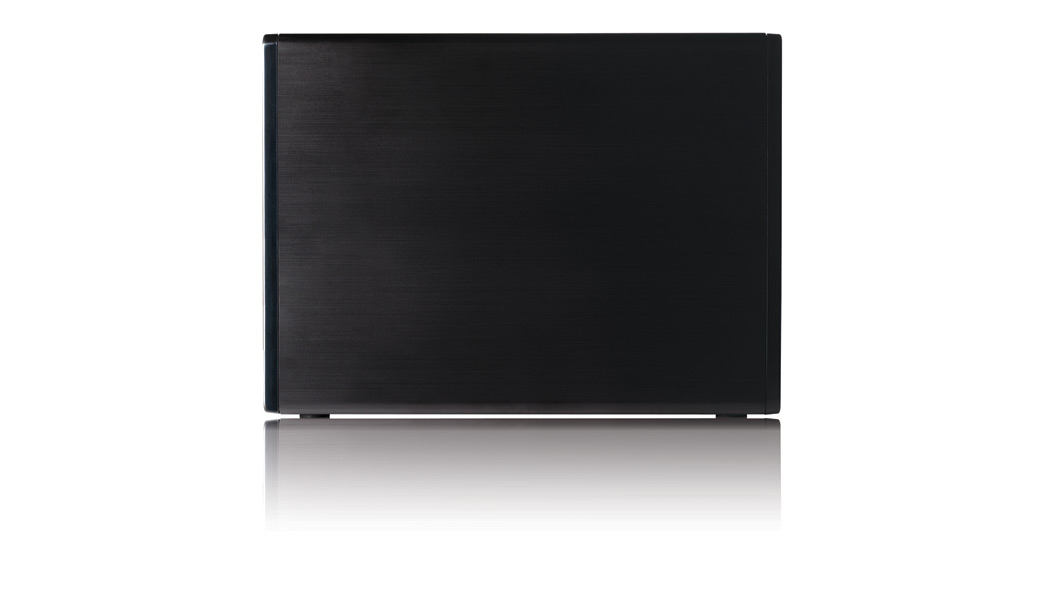

On this second one, the HDD light never lights up. I think when the HDDs were initializing on the first unit that I did manage to boot on the LAN, the bottom HDD light was blinking. (Powers on when I plug in the plug.) Doesn't seem to matter if I have the HDDs connected or not. The second one that I just opened up and hooked up, I get a white power LED for like 10s, then it turns red, and I can't even force-power-off.

The requirements for this method are: An ix2-200 with at least one disk running the original firmware. But I could never get it to actually initialize and utilize either the WD or Toshiba HDDs (Black-listed?). &0183 &32 Follow the instructions in ‘Appendix B: Restore the original ix2-200 firmware’ to prepare such a disk.

#LENOVO IX2 FIRMWARE UPGRADE#
The first one, I flashed up (sucessfully?) using the IX2-DL firmware upgrade files. Using both a WD Blue 4TB 3.5" and a pair of Toshiba 4TB X300 3.5" HDDs, I have been unable to get these units operational (both StorCenter). Instead, I got REFURB Iomega StorCenter IX2 units. I thought that I would be receiving 10 NEW "bulk-packed" IX2-DL units branded Lenovo / EMC. the usb drive might also be a /dev/sd* driveĦ.I ordered one of these 10-lots when they were available, and so far, I'm VERY disappointed.
#LENOVO IX2 FIRMWARE WINDOWS#
Make a note of the devices that correlate to your NAS drives … your first disk (could be your windows disk if you leave your windows drive connected), it may be /dev/sda, the second is /dev/sdb, /dev/sdc, … /dev/sdd etc. My disk in question showed up like this :ĭisk identifier: 276C4C51-BFA8-4E33-AB51- FC7033AA6D56 I had 2 x 1.8TB drives, set up in a raid1 and since the disks are complete mirrors of each other, I could access the data with just a single disk. You should see your 4 identical disks, should be obvious based on their size : pull your drives from the NAS one at a time, I am not sure if there is anything that designates the first disk, second disk, etc, I think left to right in mine if I remember correctly but make sure to label them. First, download ubuntu and burn it to a usb drive or cd and then get it on to a USB drive. This is the rough process that worked for himġ. He also had very little experience with Linux. I got an email from a guy who had a 4 drive Lenovo PX4-300R NAS with a RAID 5 array set up. So I can follow Lenovo’s destructive NAS rebuild. Mounted it sudo mount /dev/bad2c48_vg/lv3140cc7e /mntīingo – now I can find 1.8TB worth of space elsewhere to rsync all that %^&*( data off This may take a while…įound volume group “bad2c48_vg” using metadata type lvscanĪCTIVE ‘/dev/bad2c48_vg/lv3140cc7e’ inherit Total: 1 / in use: 1 / in no VG: 0 [0 vgscan Pvscan, vgscan, and lvscan bought it LV into pvscan
#LENOVO IX2 FIRMWARE INSTALL#
su: pvscan: command not apt-get install lvm2 # DOH! no lvm2 installed on the mount /dev/md1 /mnt Mdadm: /dev/md1 has been started with 1 drive (out of 2). Once I figured out it was just a md linux raid set, it was easy peasy to import mdadm –assemble –run /dev/md1 /dev/sdd2 Sector size (logical/physical): 512 bytes / 4096 bytes So, initially I thought the drives were set up as a zfs disk set – installed the zfs needed debs on my debian jessie system only to find out all the lenovo disk set is is a linux md raid set, so (pulling this from my bash history)ĭisk /dev/sdd: 1.8 TiB, 2000398934016 bytes, 3907029168 sectors Lenovo has no concept of using a md5 checksum on a file to confirm its integrity before you flash it and end up with a corrupted NAS like me.ĪND to top it off, Lenovo support only offers a destructive way to reflash the NAS, double %^&*()^& in the ass.


 0 kommentar(er)
0 kommentar(er)
